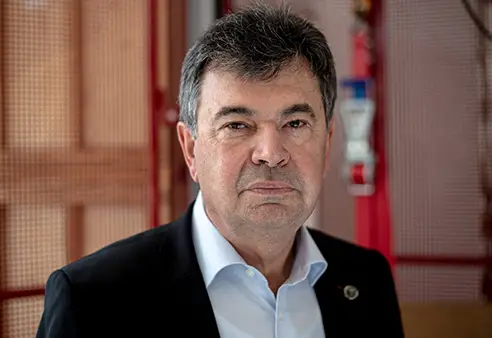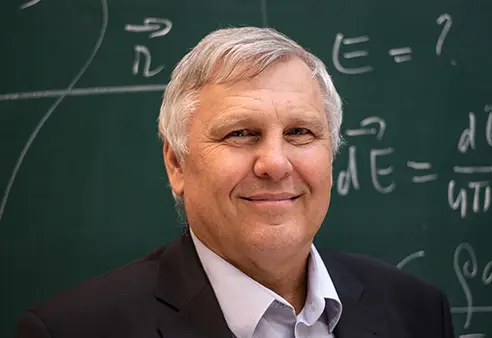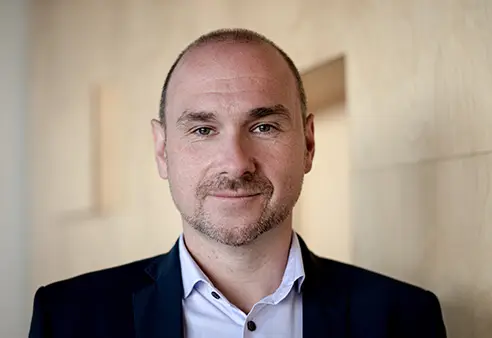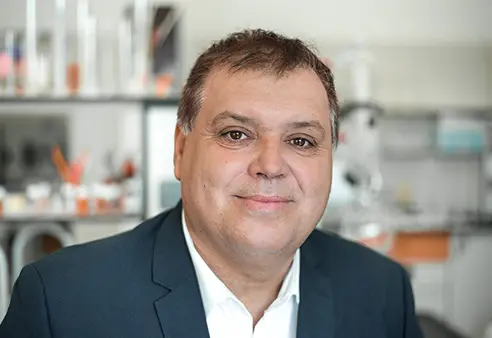Anatomy, histology and embryology are the basic pillars of biomedical research, as well as the future doctors’ and dentists’ subjects of study. As pointed out by prof. Dr.rer.nat. Ivan Varga, PhD. from the Department of Histology and Embryology, Faculty of Medicine, Comenius University in Bratislava, although it seems that in hundreds of years all the details of the structure of the human body will be known, it is not true. In recent years, his research team was one of the first in the world to describe the wide lymphatic spaces in the wall of the fallopian tubes and the occurrence of specialized cells of the immune system suppressing defensive reactions in the epithelium of the fallopian tubes.
His basic research is now being followed up by his team to discover how these new findings can be used to treat female infertility. However, this is not the only area where they have been successful. They have also managed to confirm the connection between some congenital heart defects and the altered microscopic structure of the child's gland. "I find the work with clinical doctors extremely fulfilling, when they discover an unusual congenital anomaly. When trying to explain it, our work resembles a detective story," he states and adds that when researching, they often work their way through the embryonic development to the human evolution. In this way, they have already managed to explain the elongation of the spike of the temporal bone of the skull, the occurrence of some cystic formations on the neck and have supplemented the classification of congenital aortic defects.
In recent years, he has also been intensively involved in the innovation of nomenclature used in microscopic anatomy. He calls it his heart's desire. Within the framework of the international expert program FIPAT, they work on unifying the international nomenclature with scientists from other countries, so that experts, regardless of their work focus or nationality, can always be able to communicate with precision. There are still structures that have two or three different names, or the same expression describes different parts of the body, which is confusing in professional discussions. A good example is ‘’epyphisis’’, which may mean a hormonally active pineal gland in the brian or the rounded end of a long bone.
He perceives pedagogical and scientific work at research universities as inseparable, as teachers provide students with the latest knowledge, to which they also contribute with their own research. "We are both educators and researchers," says Ivan Varga. "It's one of the main differences between a high school teacher and a university professor. They both teach, but the university professor should, in addition, incorporate current scientific knowledge into teaching. In rapidly evolving disciplines, in particular, passing on the latest information is a necessity, but we cannot expect the student to master everything. A good professor has to be able to select the practical knowledge for the student from the great amount of knowledge out there."
Ivan Varga was predisposed for teaching from an early age. He follows his father's principle that it would be a tragedy if students were not to surpass their master some day. He admits that working with young people is inspiring for him. He enjoys following their progress from their first year up until the final year, when fresh graduates become doctors. Many students come to the medical school with the idea that they will immediately start their practice in hospitals. They would gladly skip theoretical subjects. However, without thorough theoretical knowledge, they would have nothing to rely on for diagnosis or subsequent treatment.
He is happy that he manages to instil this connection between theory and practice in his students’ minds. Many of them then return to him later to be their supervisor in diploma theses, doctoral dissertations or to lead them as part of their specialisation activities. He uses every opportunity to talk to medical students about science and research. Finally, recruiting students for scientific research stems from his position as the vice-dean for science and research.
As part of his scientific work, he focuses mainly on the research of human microscopic anatomy, in which he also uses the methods of electron microscopy, which allows tissues and cells to be magnified several tens of thousands of times. He is fascinated by studying the structure of the human body at a level that the eye cannot see. "In general, if in science a problem appears to be small and trivial, we probably haven't researched it enough," emphasizes Ivan Varga. "That's why I'm not afraid that research in anatomy will end at some point. Every new piece of information brings new questions, and finding answers is the driving force for me."



